Ambient music has a long thread that can be traced all the way back to composers such as Erik Satie, John Cage, and Brian Eno. Often focusing on aspects of the future and space, it is interesting to hear Dylan Henner's take on things.
Dylan Henner has been producing his own brand of experimental ambient music since the beginning of the 2020s, with a number of cassette-only releases, notably on the tastemaking label AD 93. The AD 93–released The Invention of the Human went on to receive BBC 6 Music Album of the Year nominations.
Barely promoting himself publicly, Henner's music often does the talking for him, along with his thought-out song titles that are often philosophical or deeply personal.
I managed to track down the elusive and somewhat mysterious artist over email. I asked Henner about his music, his influences, and his recently released new album, Star Dream FM—another high point in his discography. This long player is something of a concept album, and one that looks backward into nostalgia, even though the background to how the songs came about isn't strictly true. In Henner's own words:
Late one evening, I was listening to the radio alone at home. I couldn't find the station I wanted, so I shifted the dial around for a while. Between frequencies, fading in and out of fidelity, I found a station I'd never heard before. To my amazement, the station was broadcasting my own memories. Memories from when I was seventeen. Some of the most formative and important moments of my life, alive on the air. I called some friends and asked if they could find the same frequency, but no one did. So, quickly as I could, I stuck a blank tape into my hi-fi and hit record. At some point, I heard the jingle and the name of the station: Star Dream FM.
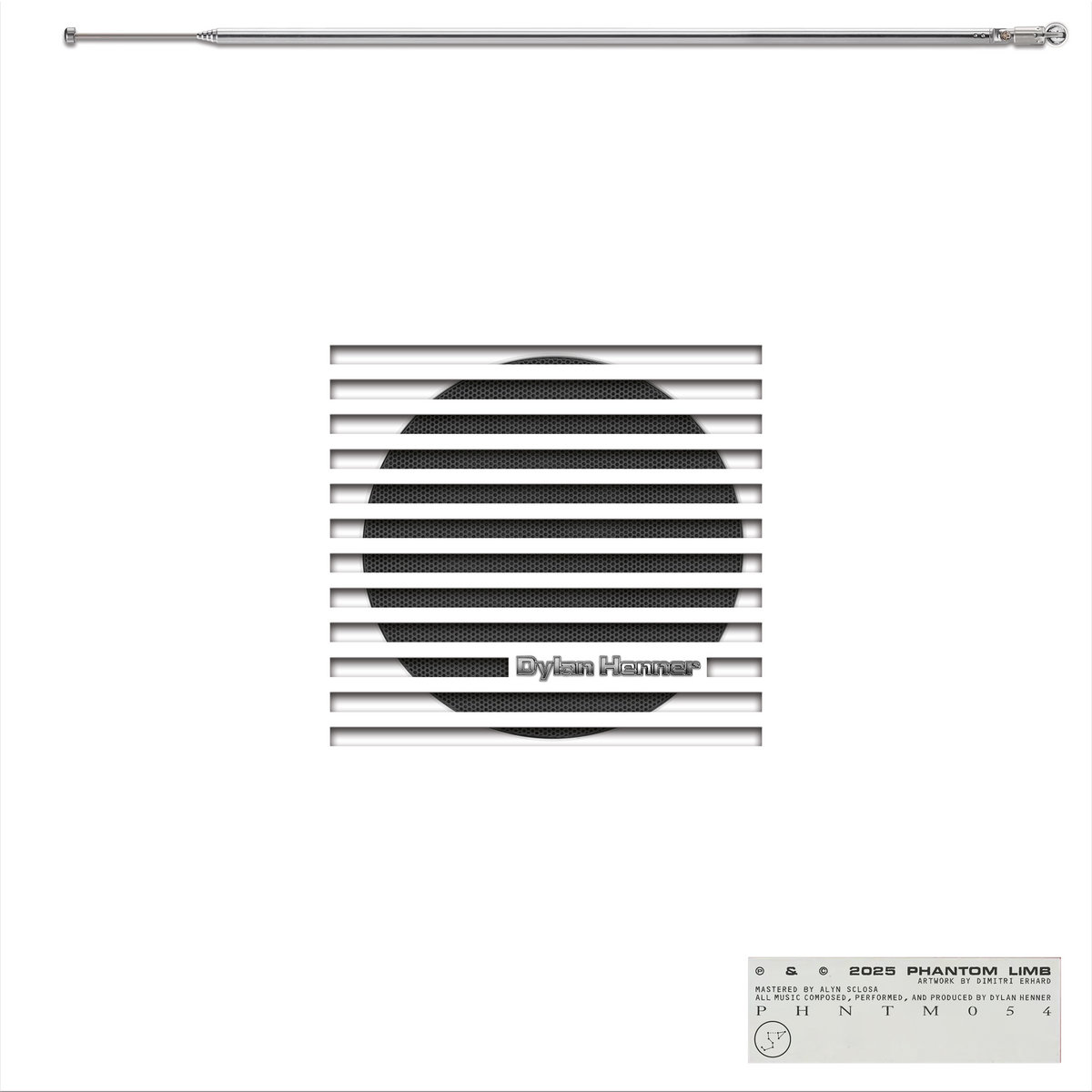
Mykadelica: Your music is described as ‘experimental ambient,' but I think your sound is much harder to define. How would you describe it yourself?
Dylan Henner: This is an interesting point. I guess it's both of those things, but it's intentionally not only those things. It is kind of ambient, and it borrows from experimental music. And it's also an experimental take on ambient music in that I love rhythm, the voice, and variation, which don't always exist in ambient music. But it's also a bit minimalist, and a bit choral, and a little dance, and sometimes has pop elements. 'Experimental ambient' is an okay description for the short term, but I don't have anything better, though I wish I did. Is 'shimmery' a genre?
Mykadelica: Your first album, The Invention of the Human, was chosen as Album of the Year by Tom Ravenscroft of BBC 6 Music. Did this add pressure on your future output, or free you in some way?
Dylan: It was positive. You're right that it was freeing. Not many people were listening before Tom's support (thanks, Tom!), and the biggest creative benefit for me was that I felt more belief in my songwriting exploration. It felt like a justification for the months of work that birthed the album and for continuing to do it. I remain very grateful for 6Music's (continued) interest in my work, and ultimately, it only adds positive pressure. The nervous excitement that accompanies new music is addictive, and even more so when I sense there are people listening.
Mykadelica: What inspires and influences your sound? How do you see it further developing?
Dylan: I used to start with the field recording and work up from there. Now I spend more time in sound design, and the field recordings help identify the space rather than anchor it. I listen to a lot of early choral music—composers like des Prez, Ockeghem, Palestrina, Tallis, etc.—and this is a big influence. I feel early music can be viewed through the same lens as contemporary ambient music and fills a similar role in our psyche. I also dig a lot of early ambient music, especially from non-Western cultures, and spin that kind of record at home. I would love to work with a real choir on a future record. I can see that being a big developmental step.
Mykadelica: How did this love of early choral music develop?
Dylan: I used to listen to my mum's choir rehearsals from the back room of an old, austere, freezing cold church. She was a singer. And I used to do my homework in the back room, wishing for anything except choral music. But I guess as I grew older and spent time away from it, my resistance to it softened, and I fell in love with it. I began to realize that it's a beautiful expression and really singular in the entire history of music. Something about harmonized voices stirs a very deep and ancient instinct. I don't think it's any coincidence that cultures all over the world use harmonized voices in traditional music.
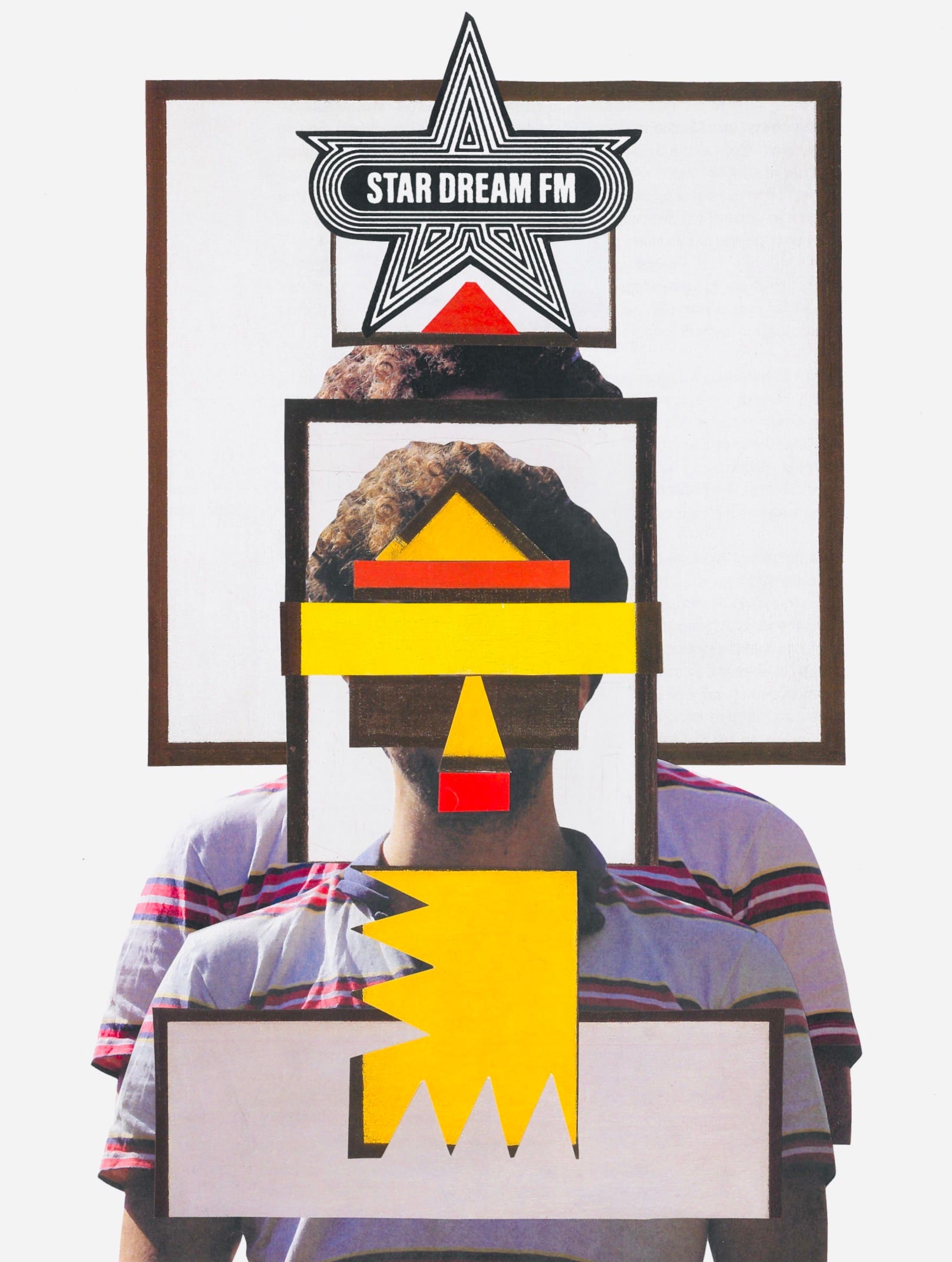
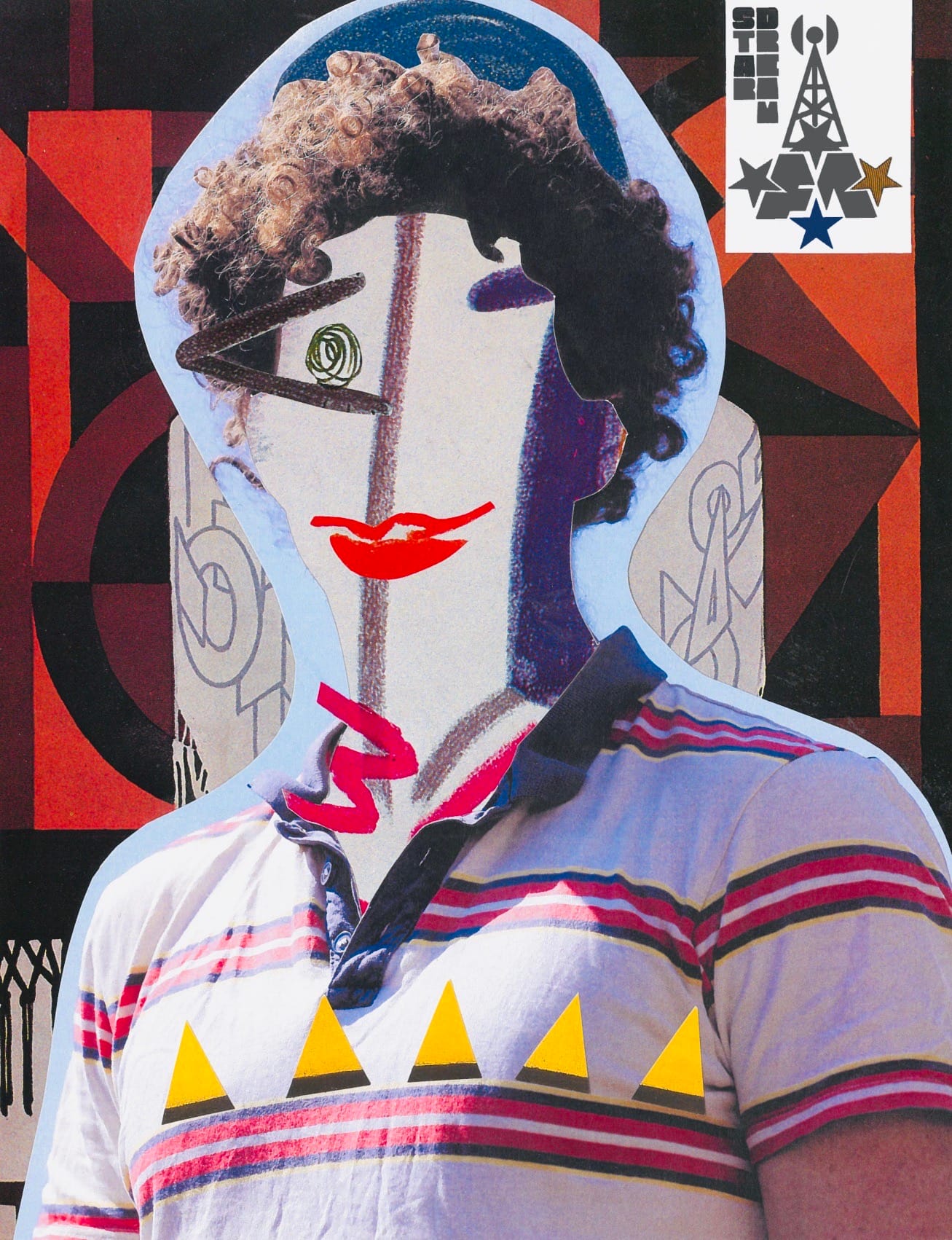
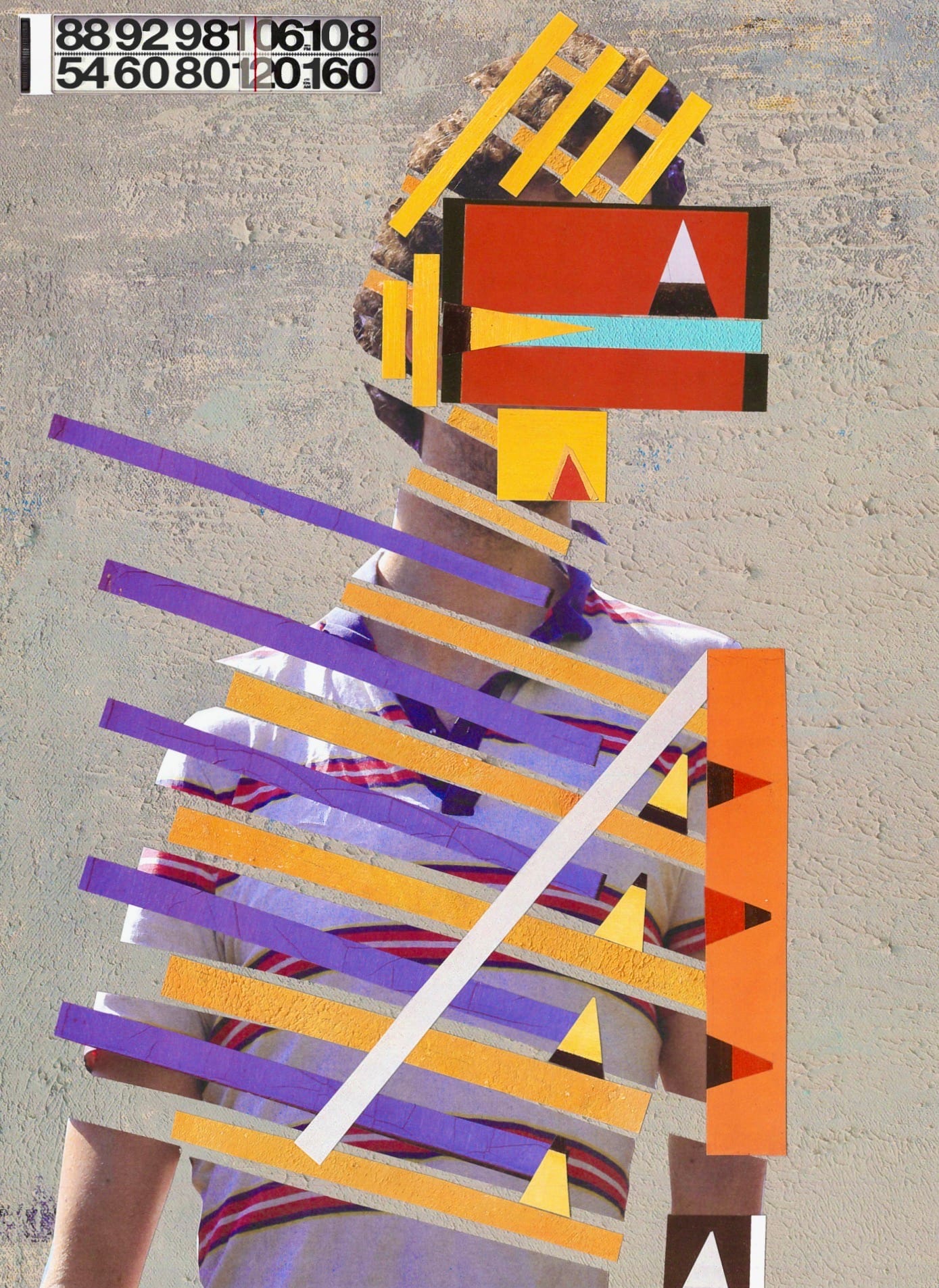
Dylan Henner graphics by Caton Diab
Mykadelica: Let's move on to the current album, Star Dream FM. The production quality on this set of tracks is amazing—point in case "I Used to See Her on the Way Home from School and She Lit Up the Sky with Her Beauty." The soundscapes are so expansive and crisp, so how important is the technical side to the music you make?
Dylan: It is important, sure, but I'm not a gearhead or a production specialist. In fact, I retrack a lot of recordings through tape (or tape emulation if I'm feeling lazy) to fuzz out the sheen, and that's a really important part of the final work. But I like it to sound dynamic. Dynamic variation is crucial when the structures are based on repetition. So the gravity of the heavier textures and the air of the lighter textures need to come through the recording, or the dynamics wouldn't develop in a narrative way. In that sense, production technicality is important, but I wouldn't say I'm guided by it. Only sensitive to it.
Mykadelica: The track titles seem like mini confessionals—like snippets from a diary. So, do the titles inspire the music creation, or the other way around?
Dylan: Sometimes one way and sometimes the other. The idea for Star Dream FM was that each track is a new memory from adolescence. So in essence, the memory inspired the song, but then also had to be written out in title form. But for other records, it has occurred the other way. This one was more set.
Mykadelica: Star Dream FM has the idea of accidentally finding a radio station transmitting your younger memories, which you then record. Does this mean it could be the start of a series? (As we all know, a radio station is different every time we listen.) If not, what comes next?
Dylan: It's not intended to be part of a series, but a standalone experience in itself. I like the idea of the mysterious Star Dream FM being difficult to find on the airwaves, and this being a recording of the fleeting moment that I caught it. Like the way youth is there and then it's not. So what comes next? I'm planning a new covers record (something I love doing), and the third volume of my ongoing Flues of... series for marimba. I'm also planning a YouTube-only record themed on TV. Which I guess is kind of a continuation of the broadcast theme.
Mykadelica: What are the possibilities of playing this album live, and what would be your ideal venue?
Dylan: I'm writing this from a train on my way to the album release event in London tonight. I'm performing two moments from the record along with the rest of my set, which has all been sewn together to include elements of this and some of my other records. Whenever I play live, I have to rearrange the pieces for my live instrumentation, which is completely different from my studio setup. I don't want to perform with a laptop onstage, so I rebuild the songs from their harmonic and melodic structures and perform with live voice processing instead. Tonight I'm performing in an old, austere, freezing cold church. Perfect.
Check out more like this:
 The TonearmMykadelica
The TonearmMykadelica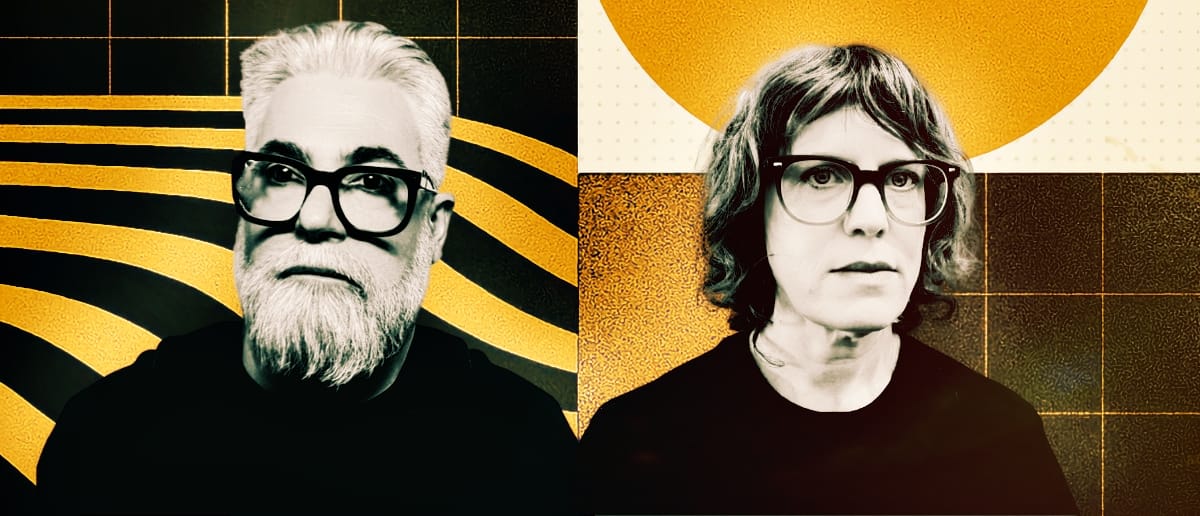
 The TonearmGarrett Schumann
The TonearmGarrett Schumann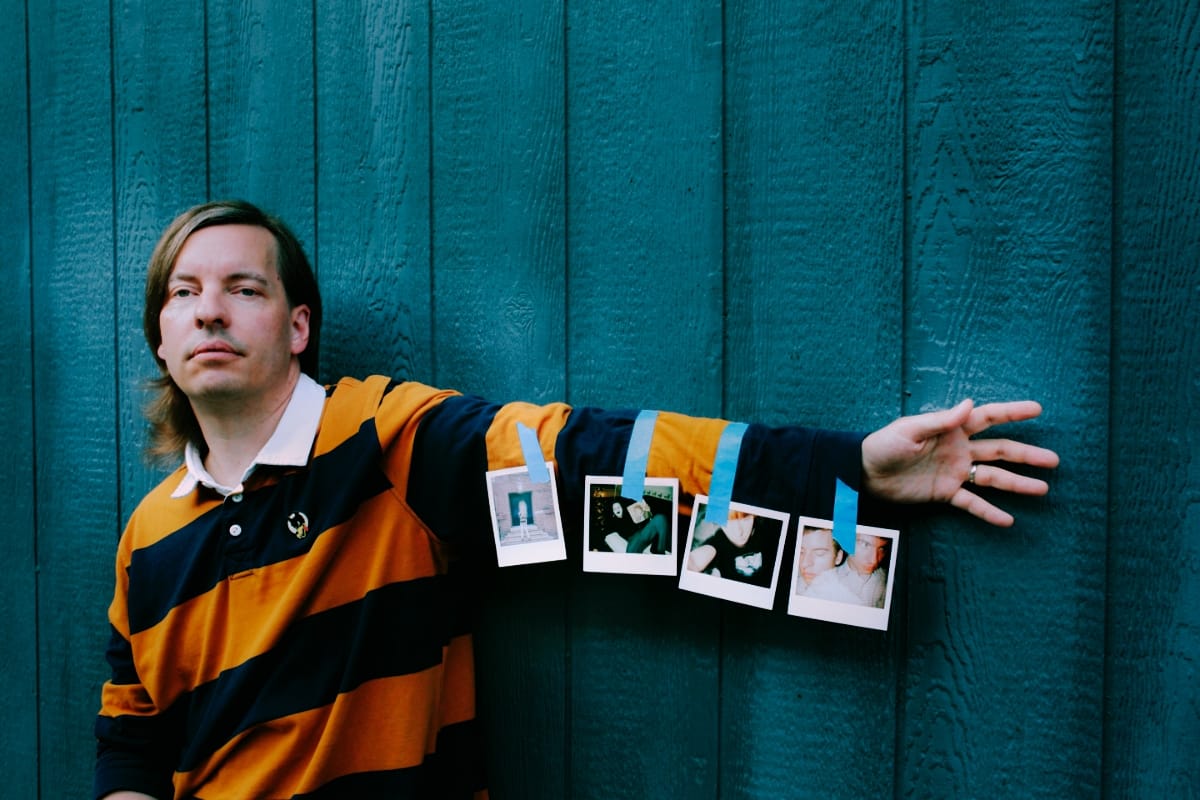


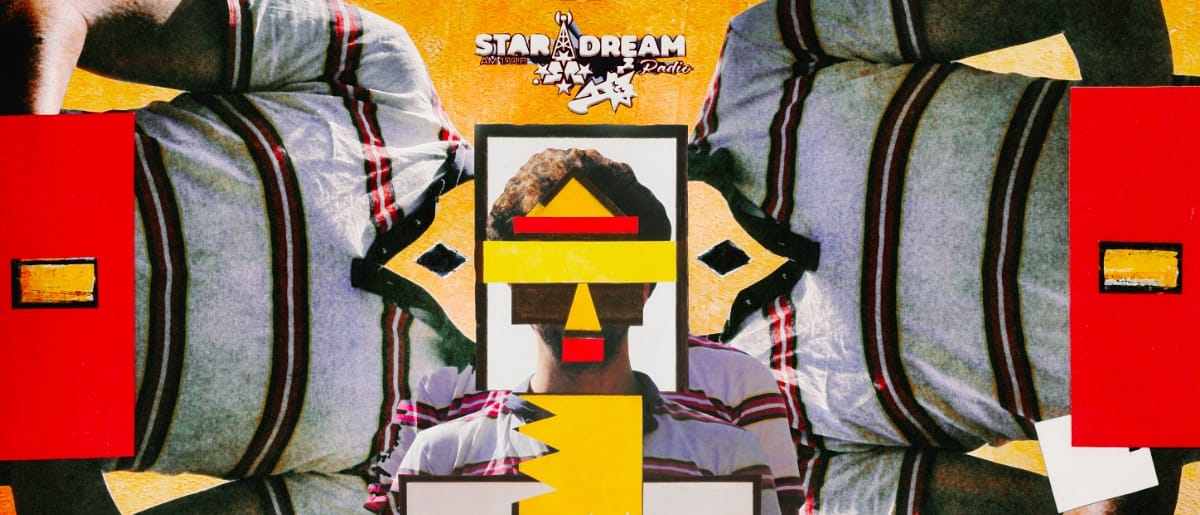
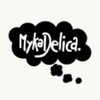
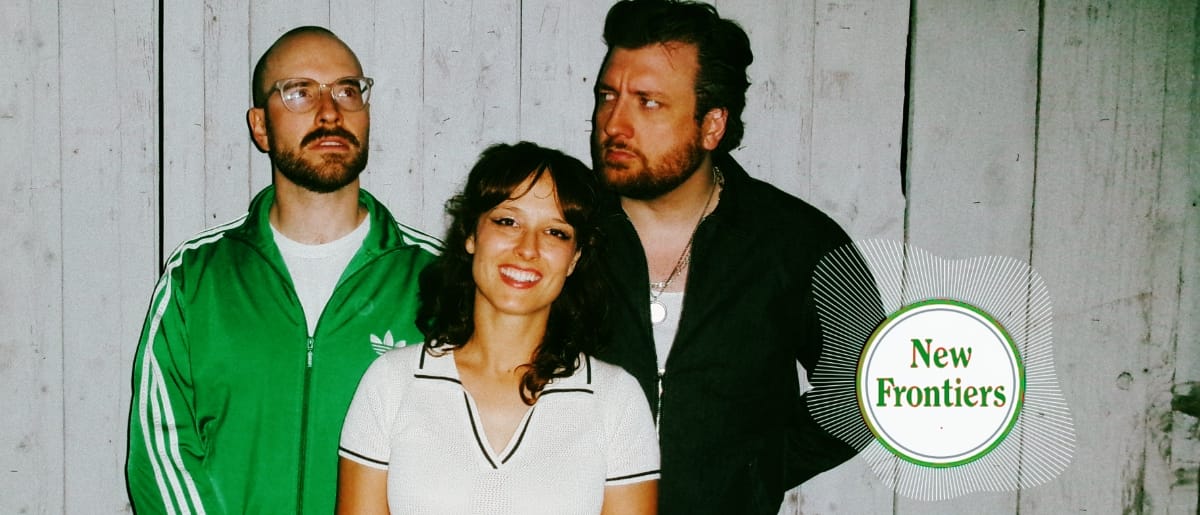

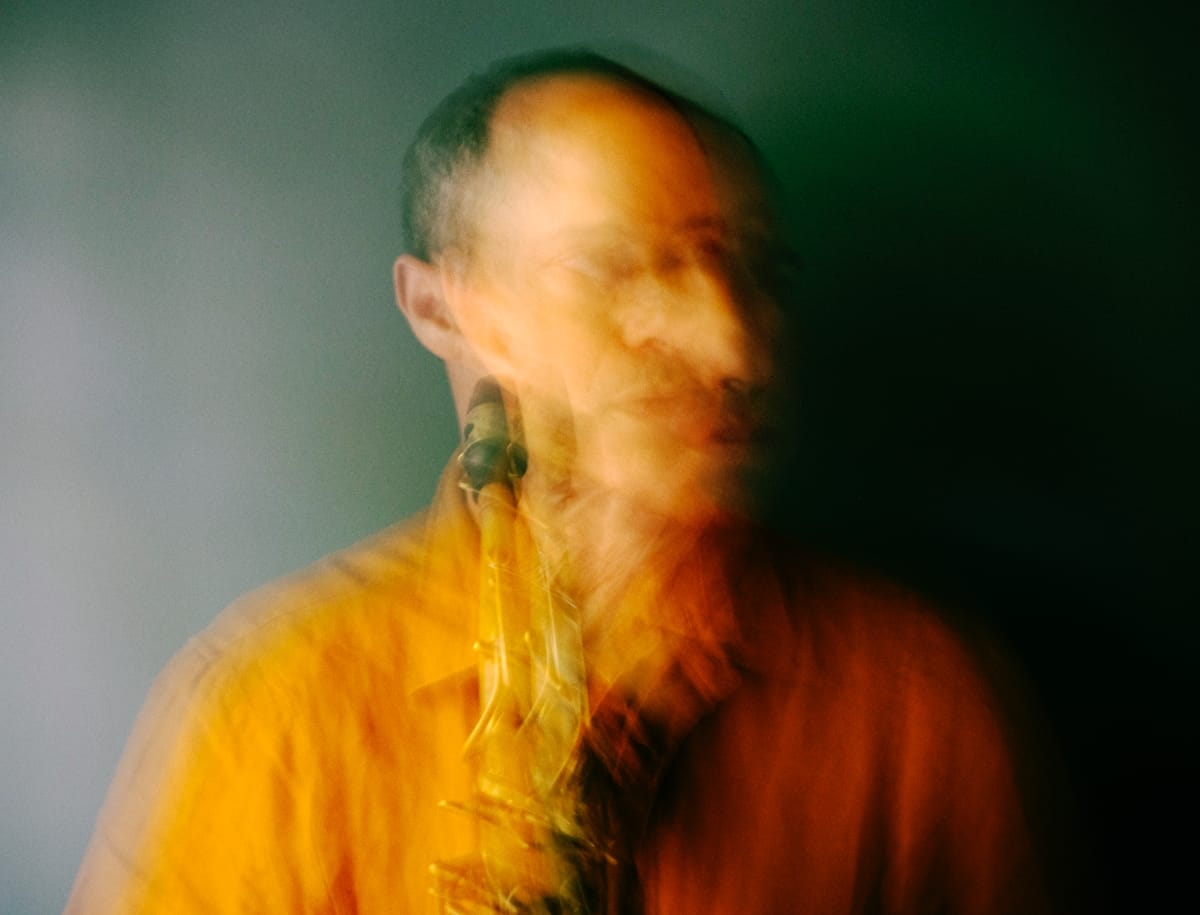
Comments